Living in a tiny home: Tiny homes are small, but they offer a host of benefits to their occupants. Living in a tiny home is becoming increasingly popular, and it’s easy to see why. Here are some of the advantages of living in a small house.
With the rise of minimalism and sustainability, tiny homes have become an increasingly popular housing option. Living in a tiny home means downsizing to the essentials, simplifying your life, and enjoying a smaller ecological footprint.
The concept of tiny homes originated in the United States, where people started building small houses on trailers to avoid building codes and zoning laws.
Nowadays, tiny homes come in many shapes and sizes, ranging from 100 to 400 square feet. But what is it like to actually live in one? For those who have made the switch, the benefits are clear: financial freedom, increased mobility, and a stronger connection to nature.
However, it also requires a major adjustment in lifestyle, as well as a certain level of creativity in terms of storage and design.
In this article, we will delve deeper into the world of “Living In A Tiny Home,” exploring the pros and cons, and sharing tips on how to make the most of this unique living experience.
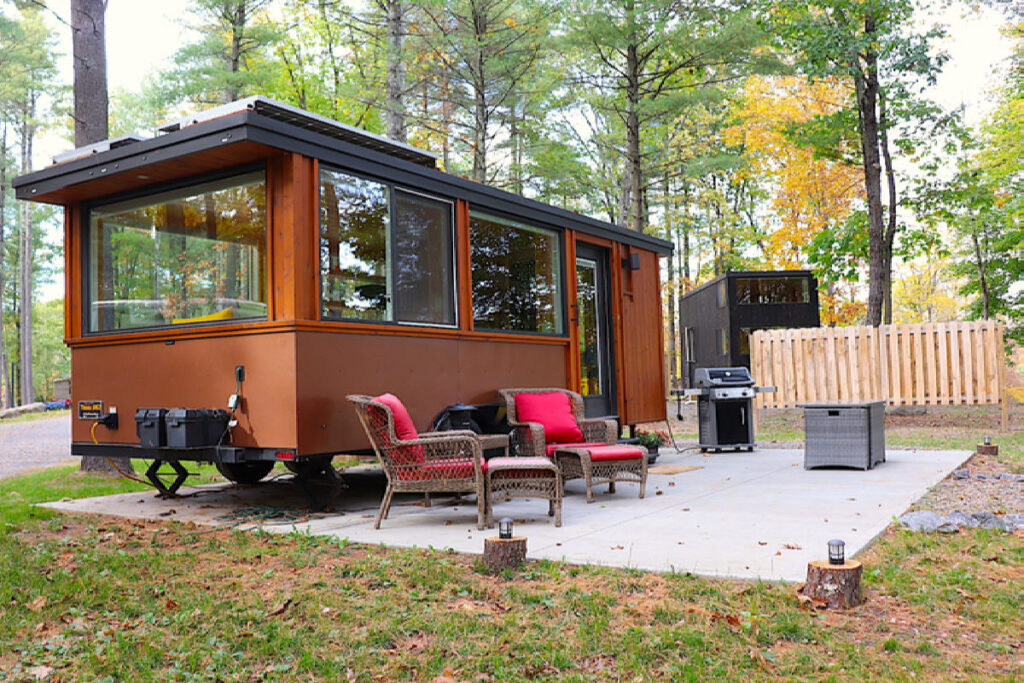
Living in a tiny home
Definition of tiny home
A tiny home is a dwelling that is typically less than 400 square feet in size. They come in a variety of styles, including tiny houses on wheels, container homes, and backyard cottages.
The growing popularity of tiny homes
In recent years, there has been a surge in popularity for tiny homes. The minimalist lifestyle they offer has attracted people from all walks of life.
Tiny homes offer an escape from the stresses of modern living and provide a sense of freedom that is hard to find in traditional homes.
The Benefits of Living in a Tiny Home
Living in a tiny home comes with many benefits. Here are some of the advantages of living in a tiny home:
Affordability
Tiny homes are much more affordable than traditional homes. They require less space, which means they cost less to build and maintain. The reduced cost of living means that you can spend your money on things that matter most to you.
Reduced cost of living
Living in a tiny home means that you can reduce your cost of living significantly. Your mortgage payments, utility bills, and maintenance costs will be much lower than they would be in a traditional home.
Lower utilities and maintenance fees
Tiny homes require less electricity, water, and gas to operate than traditional homes. This translates to lower utility bills. Additionally, maintenance fees are lower due to the smaller space, and repairs are typically less expensive.
More affordable than traditional homes
Tiny homes are significantly more affordable than traditional homes. A traditional home can cost hundreds of thousands of dollars, while a tiny home can cost as little as $10,000.
This affordability means that more people can own their own homes without the burden of a large mortgage.
Also see: Tiny House Living Essentials
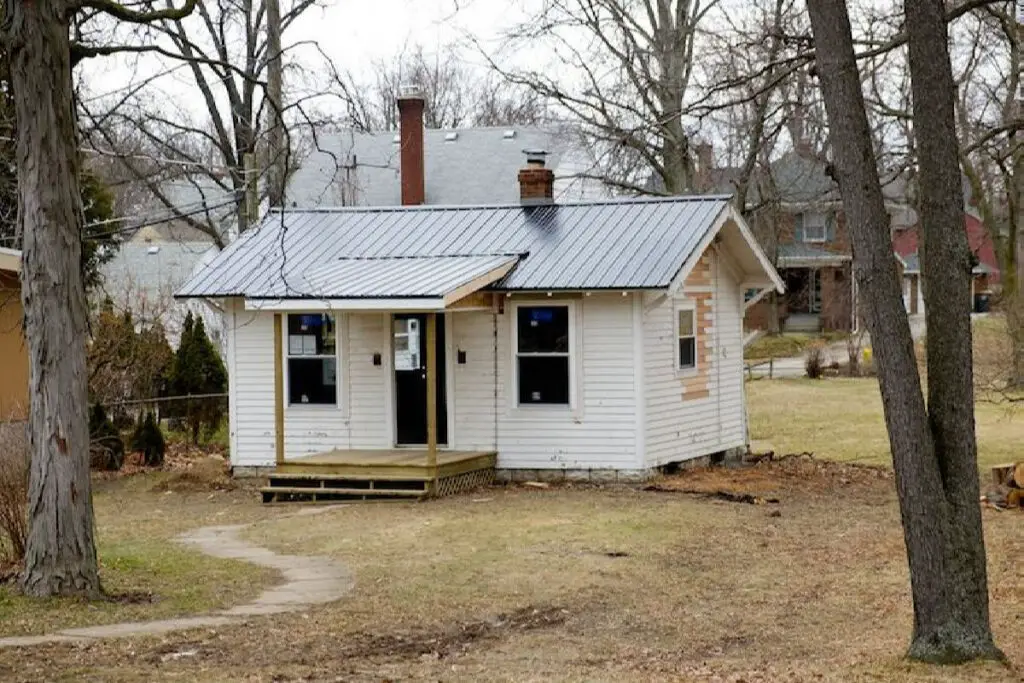
Sustainability
Tiny homes are environmentally friendly and offer a sustainable lifestyle. Here are some of the ways tiny homes promote sustainability.
Environmentally friendly
Tiny homes are environmentally friendly because they require fewer materials to build than traditional homes. Additionally, they use less energy and water, which reduces their impact on the environment.
Lower carbon footprint
Tiny homes have a lower carbon footprint than traditional homes. They require less energy to heat and cool, which reduces greenhouse gas emissions.
Use of eco-friendly materials
Many tiny homes are built using eco-friendly materials. These materials are sustainable, non-toxic, and recyclable, which reduces waste and helps protect the environment.
Energy-efficient design
Tiny homes are designed to be energy-efficient. They typically feature double-paned windows, high-quality insulation, and energy-efficient appliances. This reduces the amount of energy needed to power the home.
Flexibility
Tiny homes offer flexibility and freedom that traditional homes cannot match. Here are some of the ways tiny homes are flexible:
Mobility and portability
Many tiny homes are built on wheels, which means they are mobile and can be transported anywhere. This mobility and portability give you the freedom to travel and explore without leaving the comfort of your home.
Ability to relocate easily
If you decide to move, it’s much easier to relocate to a tiny home than a traditional home. You can transport your home to a new location and set it up quickly.
Minimalist lifestyle
Living in a tiny home promotes a minimalist lifestyle. You will need to simplify your possessions and prioritize what’s most important to you. This minimalist lifestyle can be liberating and help you focus on the things that matter most.
Less attachment to material possessions
Living in a tiny home can help you let go of material possessions that you no longer need or use. This can be a freeing experience that allows you to focus on experiences and relationships instead of things.
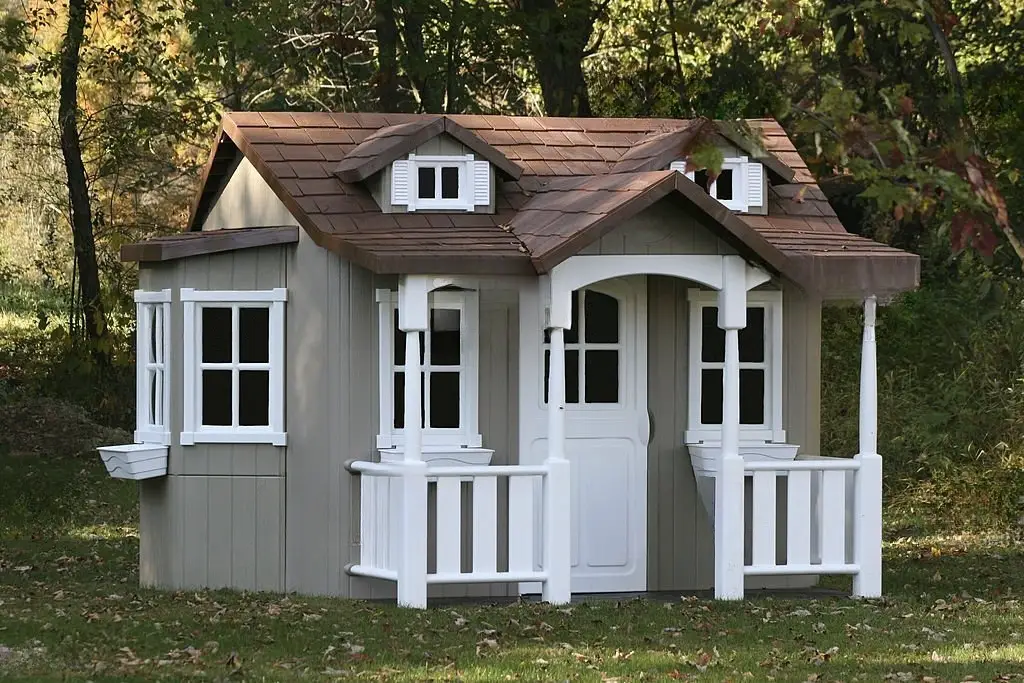
Efficiency
Tiny homes are designed to be efficient in every way. Here are some of the ways that tiny homes promote efficiency:
Time-Saving
Tiny homes are easy to clean and maintain, which saves you time. You won’t have to spend hours cleaning or maintaining a large house, which means you can spend more time doing the things you love.
Less Time Spent on Cleaning and Maintenance
Tiny homes require less cleaning and maintenance than traditional homes. With less space, there is less room for clutter, and cleaning is much quicker and easier.
Reduced Clutter
Living in a tiny home means that you’ll need to be selective about what possessions you keep. This encourages you to declutter and simplify your life, which can lead to a more organized and stress-free environment.
Easier to Organize and Manage
With less space to work with, organizing and managing your belongings becomes much easier. You’ll be forced to prioritize what’s important and find creative solutions for storage and organization.
Also see: Trailer For Tiny House
Top pick
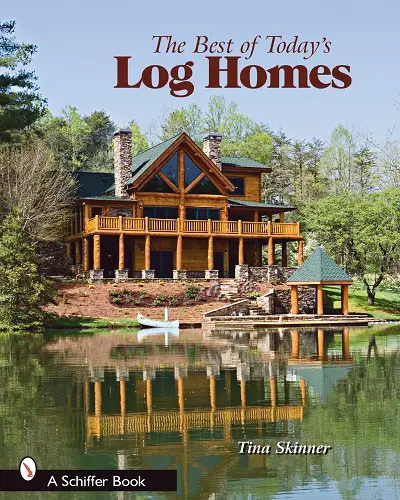
Editor’s choice
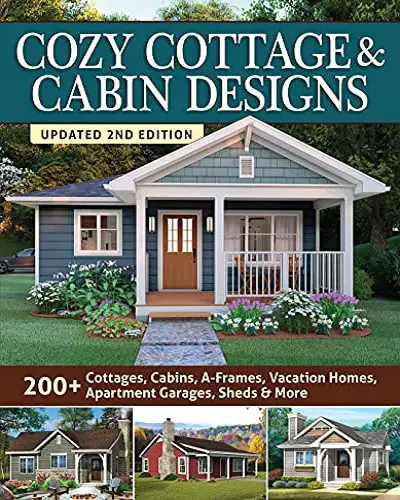
Best value
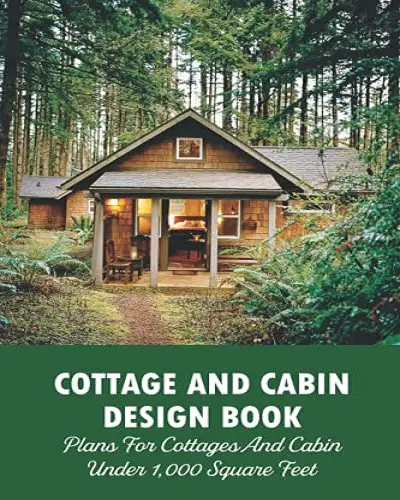
Health and well-being
Living in a tiny home can have a positive impact on your health and well-being. Here are some of the ways that tiny homes promote health and well-being:
Minimalist living
Living in a tiny home promotes a minimalist lifestyle, which can lead to less stress and anxiety. By simplifying your life, you’ll be able to focus on the things that matter most and find joy in the simple things.
Encourages outdoor activities
Living in a tiny home can encourage you to spend more time outdoors. With less space inside, you’ll be more likely to enjoy outdoor activities like hiking, biking, or gardening.
Encourages mindfulness
Living in a tiny home can encourage mindfulness by promoting a slower pace of life. With fewer distractions and less space to navigate, you’ll be more present in the moment and able to focus on your thoughts and feelings.
Reduced stress
Living in a tiny home can reduce stress by simplifying your life and providing a peaceful, clutter-free environment. With less to worry about, you’ll be able to relax and enjoy your surroundings.
Improved mental health
Living in a tiny home can improve your mental health by promoting a sense of community, reducing stress, and providing a simple, peaceful environment.
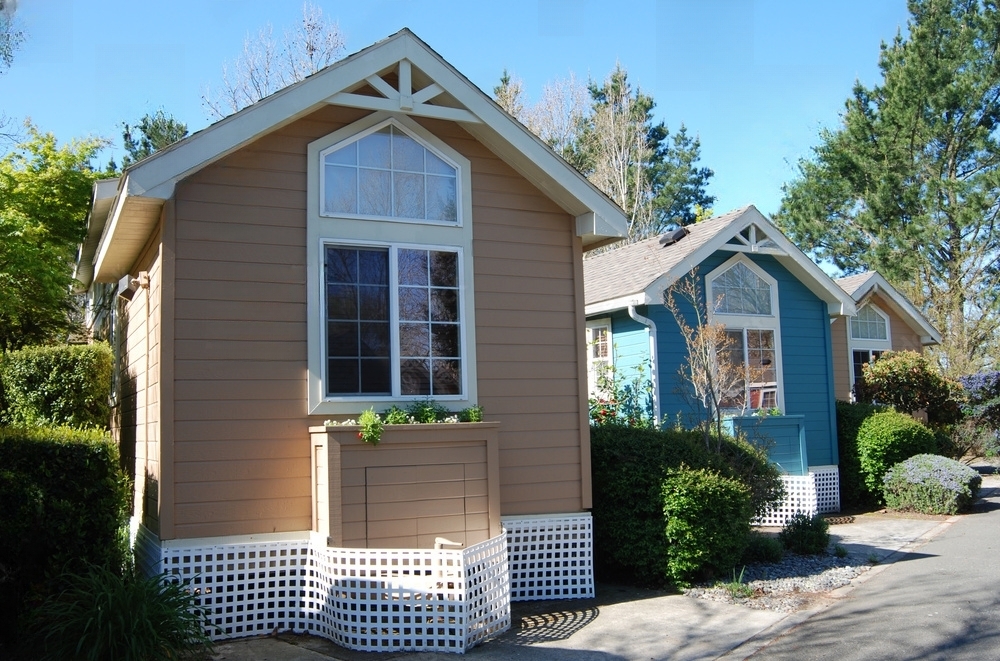
Community
Living in a tiny home can offer a strong sense of community. Here are some of the ways that tiny homes promote community:
Sense of community
Tiny homes are often built in close proximity to each other, which promotes a sense of community. You’ll be living among like-minded individuals who share similar values and lifestyles.
Shared resources and amenities
Tiny home communities often offer shared resources and amenities like gardens, community centers, and outdoor spaces. This encourages collaboration and helps build strong relationships among neighbors.
Collaborative living
Living in a tiny home community requires collaboration and a willingness to share resources. This collaborative living can help build strong relationships and foster a sense of community.
Ability to build meaningful relationships
Living in a tiny home community offers the opportunity to build meaningful relationships with your neighbors. You’ll be living in close proximity to each other, which promotes social interaction and fosters a sense of belonging.
Creativity
Living in a tiny home can encourage creativity and innovation. Here are some of the ways that tiny homes promote creativity:
Limited space encourages creativity
With limited space to work with, living in a tiny home requires creative thinking and innovative solutions. This can lead to unique design ideas and creative solutions for storage and organization.
Customizable design
Tiny homes are often customizable, which means you can personalize your living space to meet your specific needs and preferences. This encourages creativity and allows you to express your individuality.
Opportunity for DIY projects
Living in a tiny home often requires DIY projects and creative solutions. This can be a fun and rewarding experience that allows you to express your creativity and develop new skills.
Also see: Can Tiny Homes Have Basements?
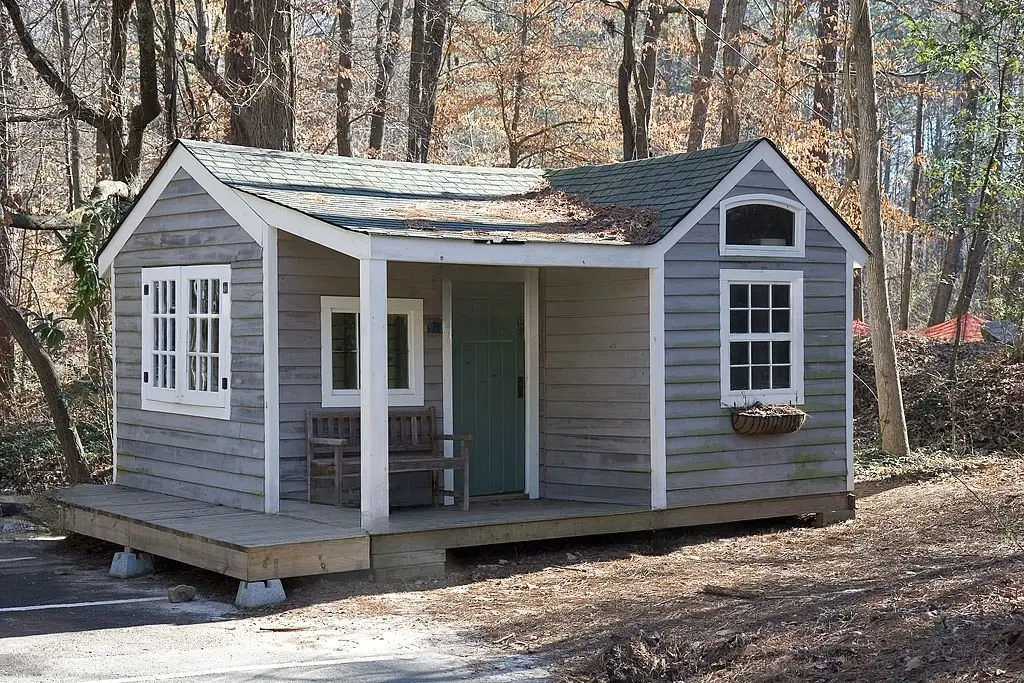
Financial freedom
Living in a tiny home can provide financial freedom and stability. Here are some of the ways that tiny homes promote financial freedom:
Debt-free living
Tiny homes are often less expensive than traditional homes, which means you may be able to pay for your home outright or with a small mortgage. This can lead to debt-free living and increased financial stability.
Reduced expenses
Living in a tiny home means that you’ll have lower expenses overall. You’ll spend less money on utilities, maintenance, and repairs, which can help you save money and improve your financial situation.
Ability to save money
Living in a tiny home can help you save money in the long run. You’ll spend less on your home, which means you’ll have more money to spend on experiences, travel, and other things that matter to you.
Increased financial stability
Living in a tiny home can provide increased financial stability by reducing your expenses and allowing you to save money. This can lead to a more secure financial future.
Less environmental impact
Living in a tiny home can have a positive impact on the environment. Here are some of the ways that tiny homes promote a smaller environmental impact:
Smaller environmental impact
Tiny homes have a smaller environmental impact than traditional homes. They require fewer resources to build, use less energy and water, and produce less waste.
Reduced carbon footprint
Tiny homes have a reduced carbon footprint because they use less energy to heat and cool, which reduces greenhouse gas emissions.
Reduced energy consumption
Living in a tiny home means that you’ll use less energy overall. You’ll require less electricity, gas, and water to operate your home, which can reduce your impact on the environment.
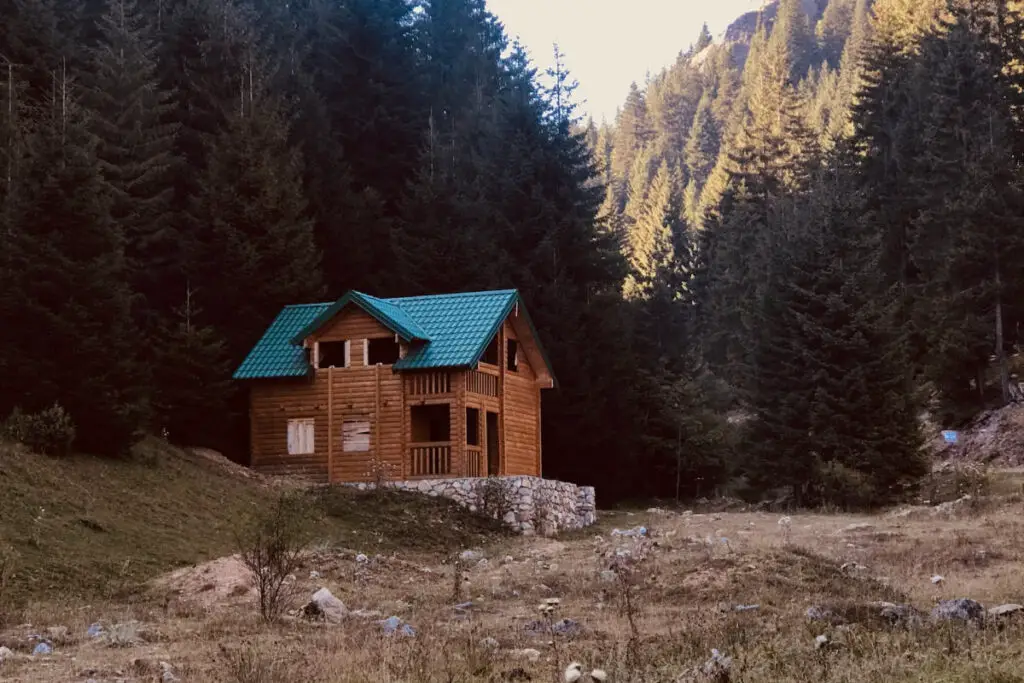
Less cleaning
Living in a tiny home means that you’ll spend less time cleaning. Here are some of the ways that tiny homes promote less cleaning:
Less space to clean
With less space to work with, cleaning a tiny home is much quicker and easier than cleaning a traditional home.
Faster cleaning
Cleaning a tiny home requires less time and effort, which means you’ll be able to maintain a clean home without sacrificing your free time.
More time for leisure activities
Living in a tiny home means that you’ll spend less time cleaning and maintaining your home. This gives you more time to spend on leisure activities like hobbies, travel, or spending time with loved ones.
Also see: Tiny House You Can Tow
Challenges of tiny home living
Living in a tiny home can come with some challenges. Here are some of the challenges of tiny home living:
Limited space
Living in a tiny home means that you’ll have limited space to work with. This can require creative thinking and innovative solutions to make the most of your living space.
Need for organization and minimalism
Living in a tiny home requires organization and minimalism. You’ll need to be selective about what possessions you keep and find creative solutions for storage and organization.
Legal challenges
Tiny homes can face legal challenges related to zoning and building codes. It’s important to research local laws and regulations before building or purchasing a tiny home.
Zoning and building codes
Zoning and building codes can vary from place to place, and some areas may have strict regulations regarding tiny homes. It’s important to do your research and ensure that your home meets all local requirements.
Social challenges
Living in a tiny home can come with social challenges, especially if your family or friends are not supportive of your lifestyle choice.
It’s important to surround yourself with a supportive community of like-minded individuals who share your values and interests.
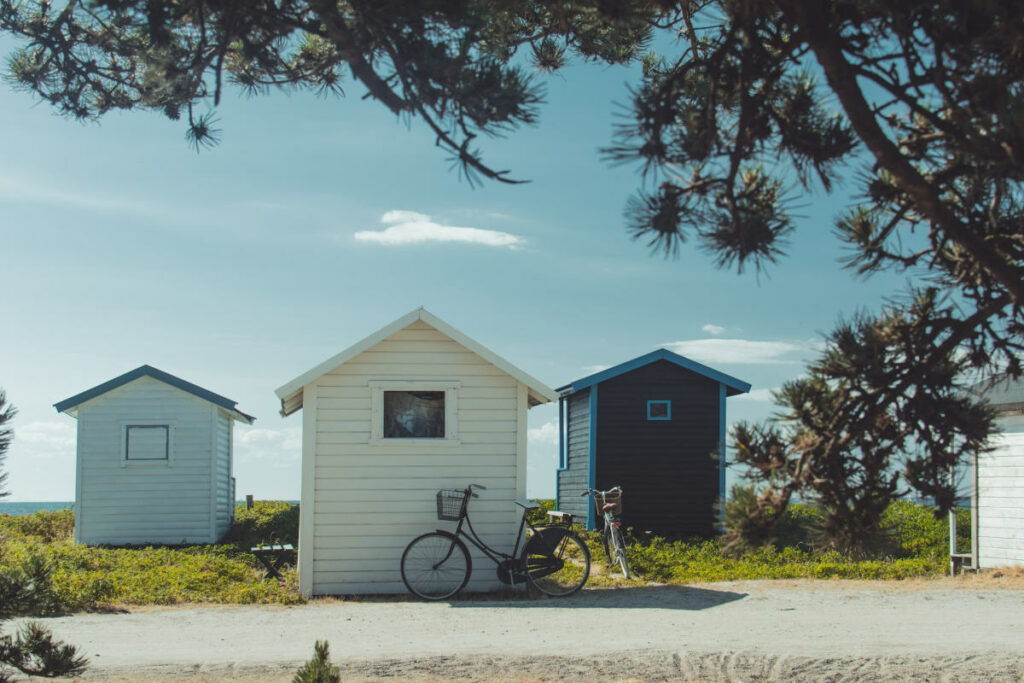
FAQ
1. What is considered a tiny home?
A tiny home is a dwelling under 400 square feet, often with a mobile or minimalist design.
2. How much does it cost to build a tiny home?
The cost of building a tiny home can range from $10,000 to $100,000 depending on various factors.
3. What are the benefits of living in a tiny home?
Lower cost, more sustainable, less maintenance, and greater mobility are benefits of living in a tiny home.
4. How do you manage storage in a tiny home?
Maximize vertical space, use multi-functional furniture, and declutter regularly to manage storage in a tiny home.
5. Are tiny homes legal in my state/country?
Laws vary by state/country, check local zoning codes or consult a legal professional for information.
Top pick

Editor’s choice
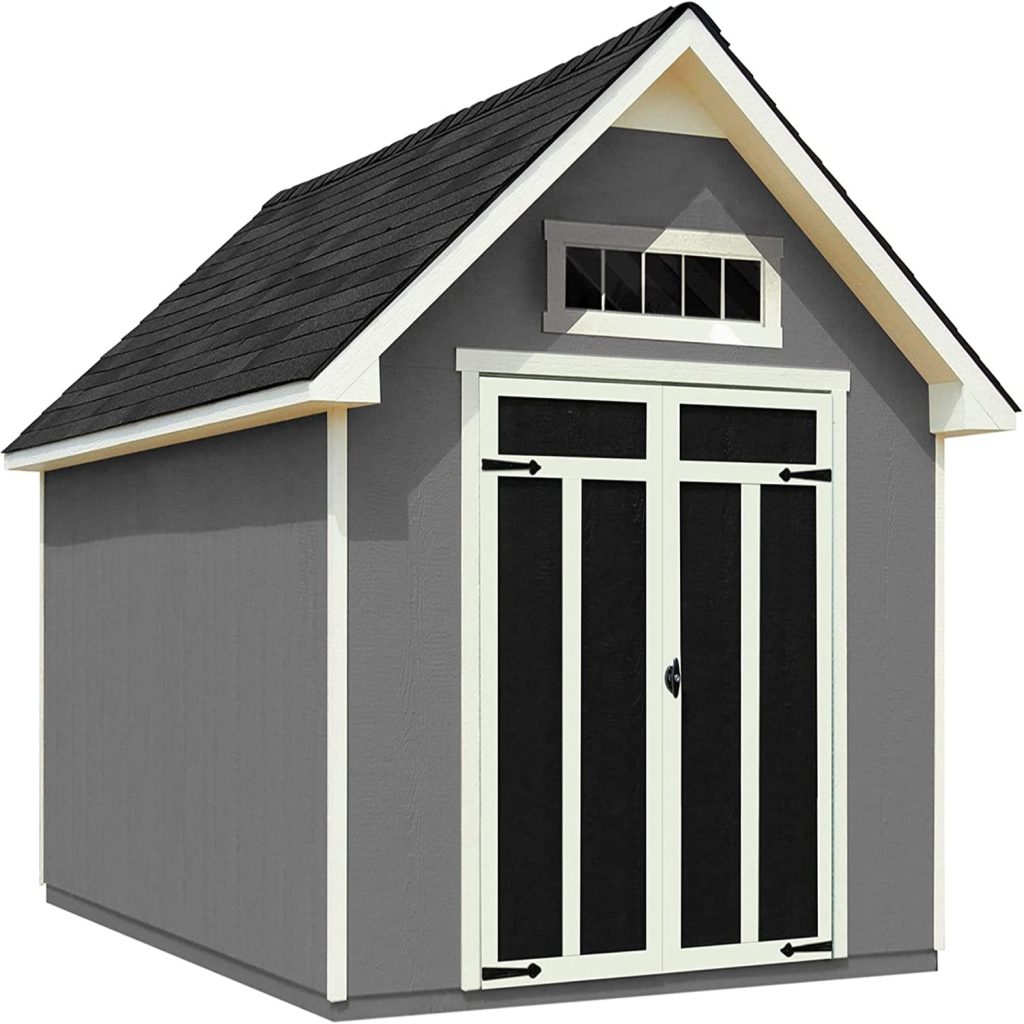
Best value
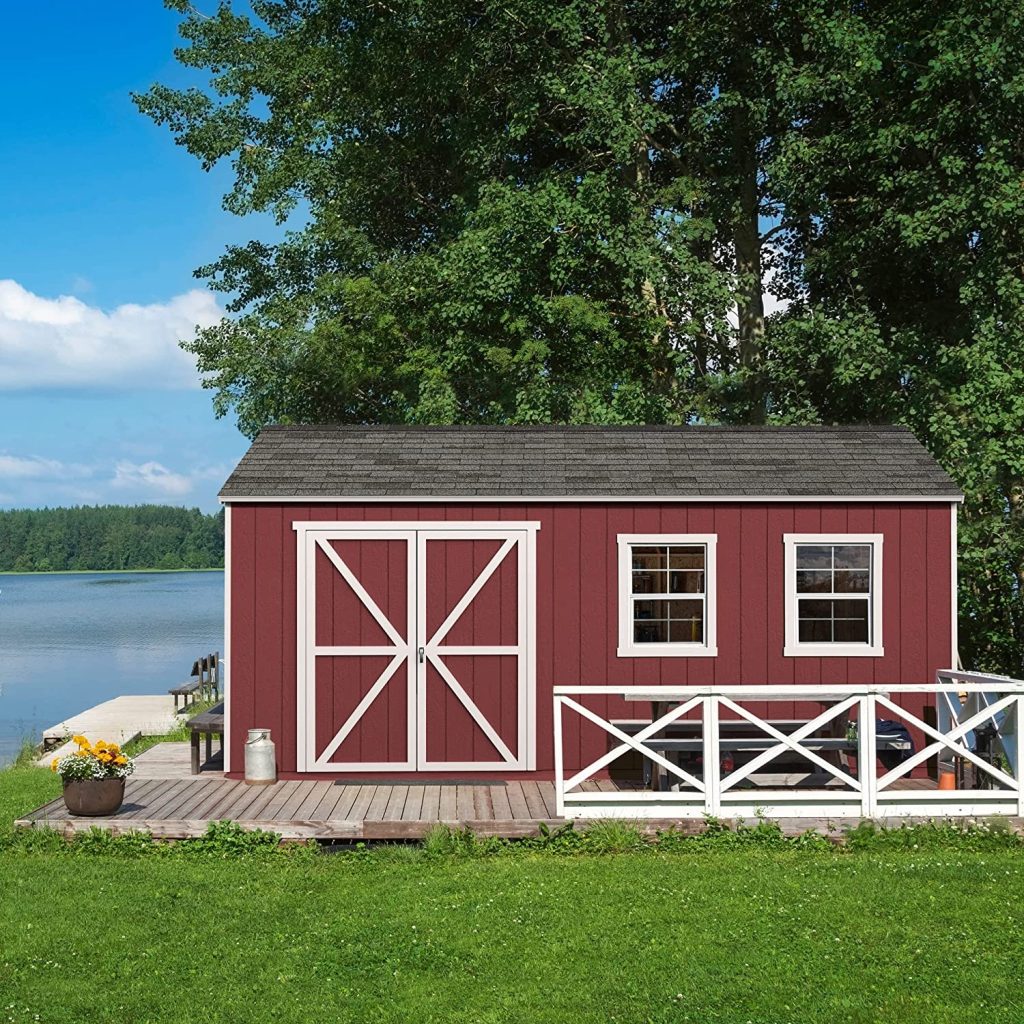
Conclusion
Living in a tiny home comes with many benefits, including affordability, sustainability, flexibility, efficiency, health and well-being, community, creativity, financial freedom, less environmental impact, and less cleaning.
However, it’s important to note that tiny home living also comes with some challenges, including limited space, the need for organization and minimalism, legal challenges, zoning and building codes, and social challenges.
Despite these challenges, living in a tiny home can be a rewarding and fulfilling experience that promotes a simpler, more sustainable lifestyle.
If you’re interested in tiny home living, it’s important to do your research, plan carefully, and surround yourself with a supportive community of like-minded individuals.
In conclusion, tiny homes offer big benefits, and they are a great option for those looking to simplify their lives, reduce their environmental impact, and save money.
With careful planning and a willingness to embrace a minimalist lifestyle, living in a tiny home can be a truly transformative experience.
Also see: Tiny Homes In California

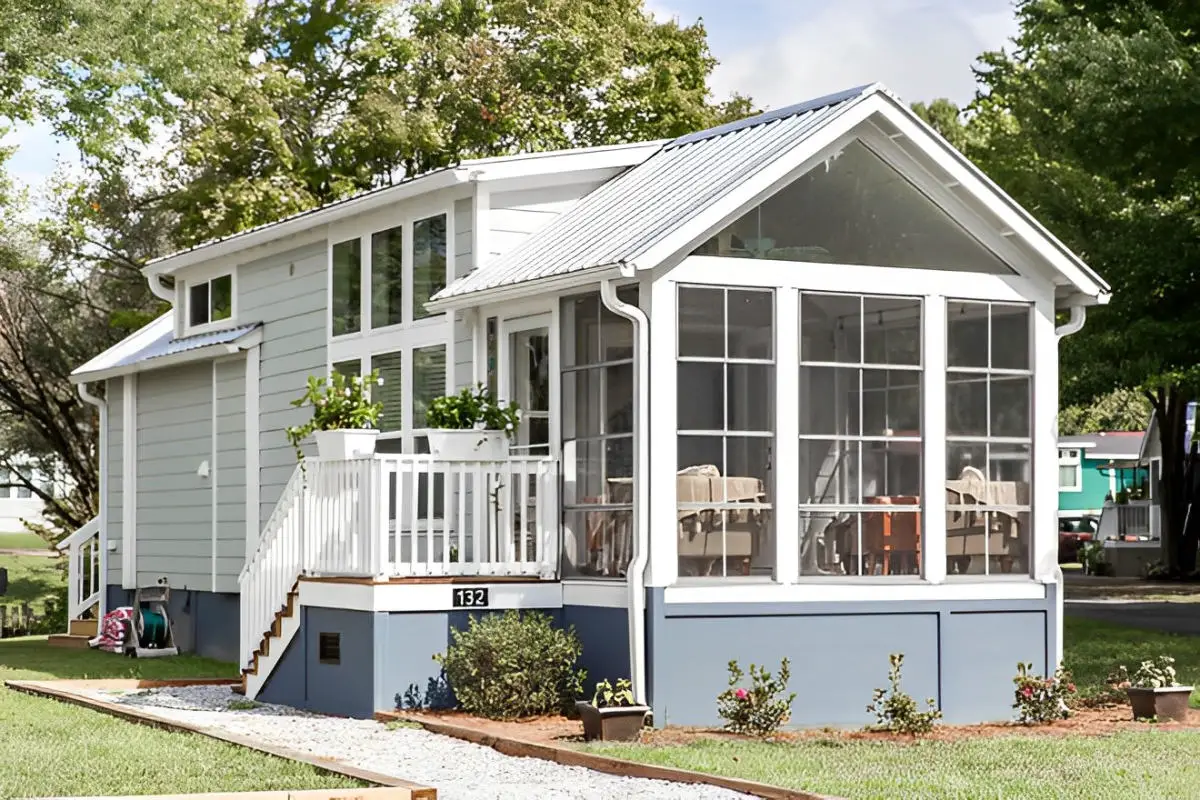
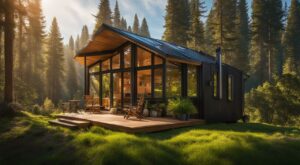
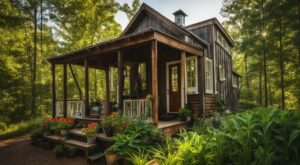
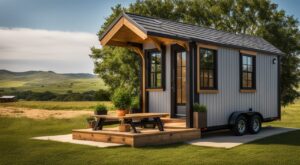
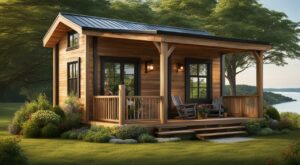
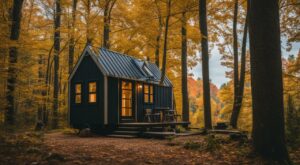

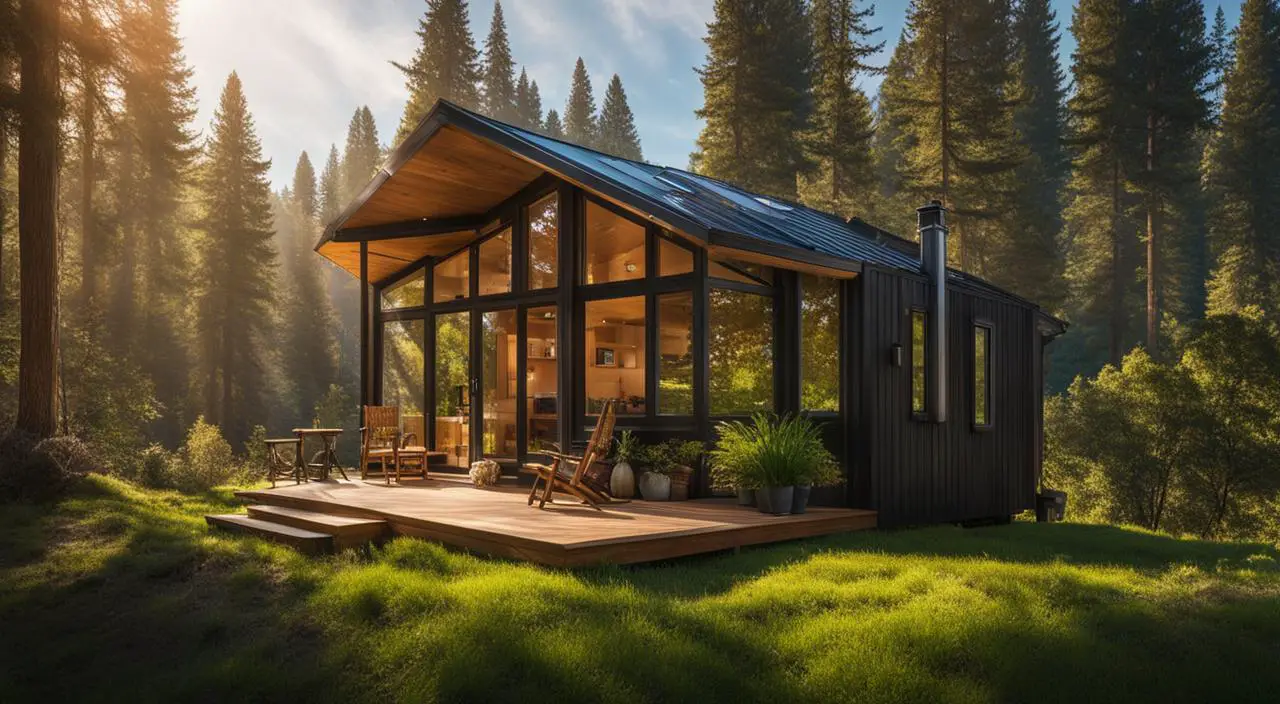
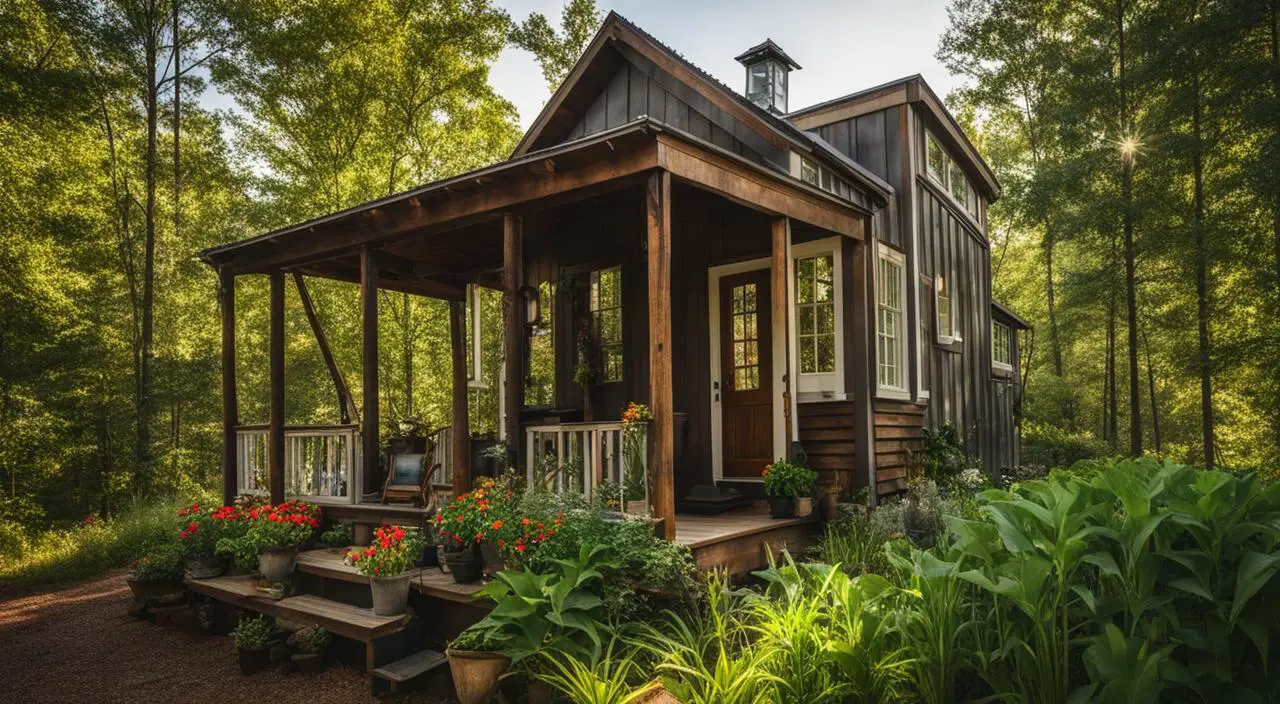
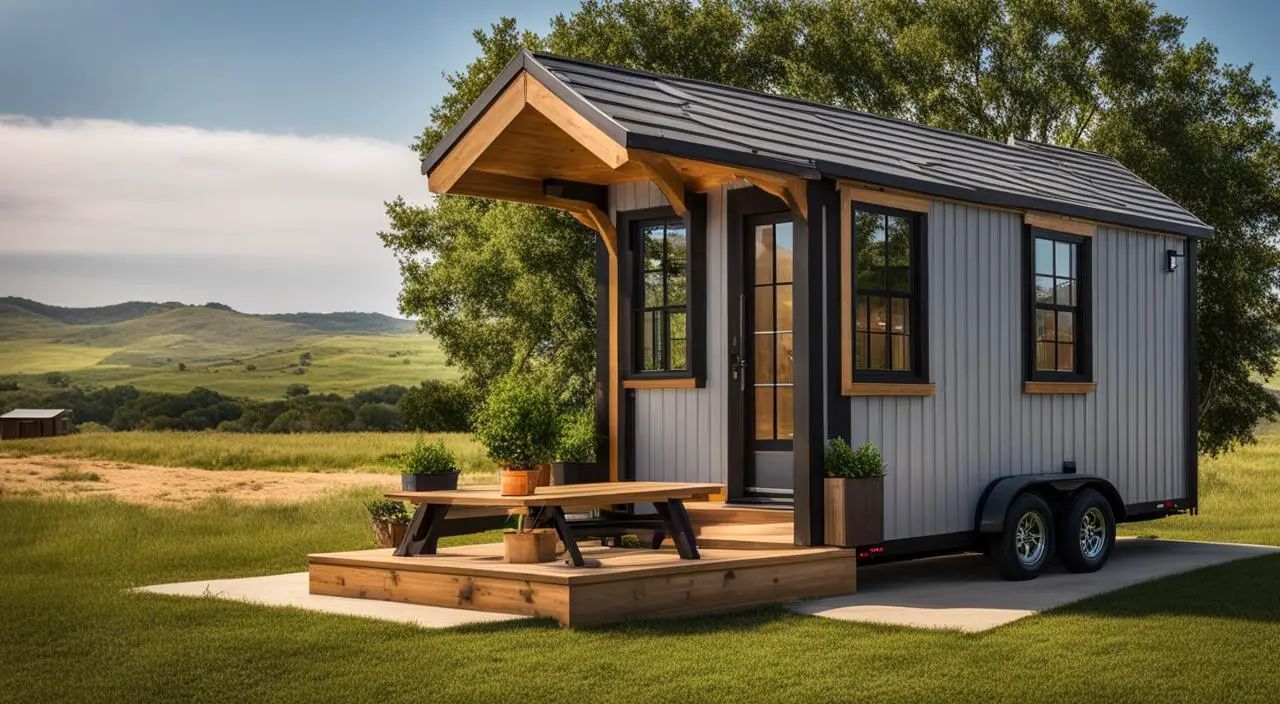
Leave a Reply